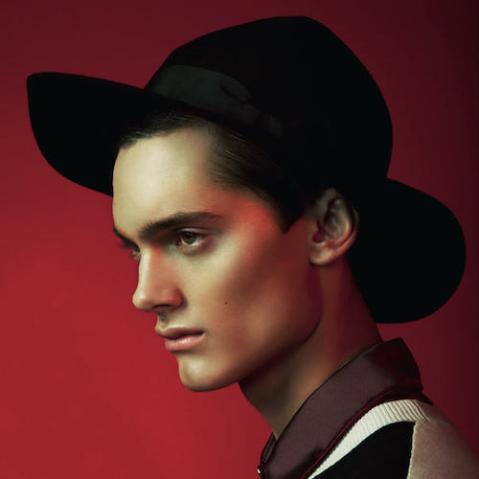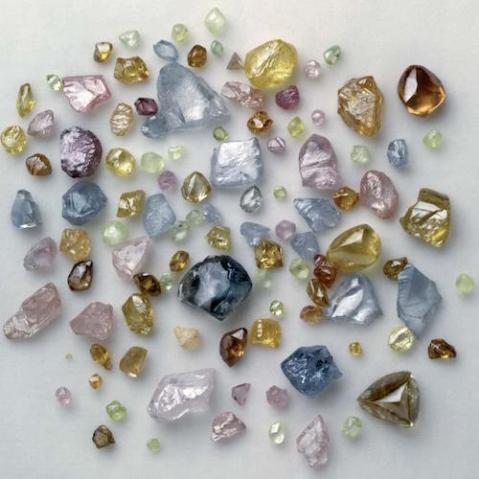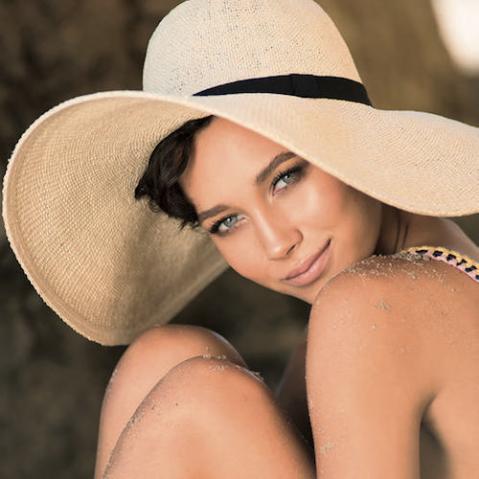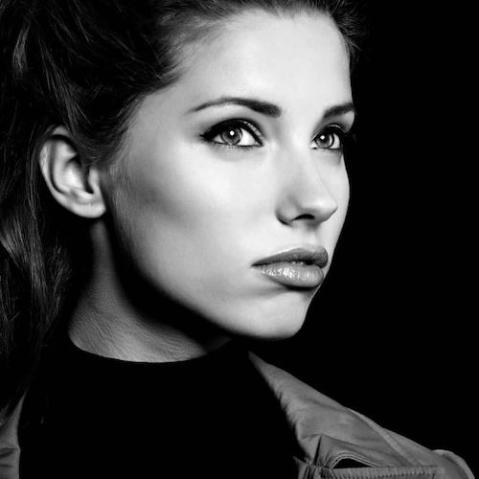The principles of lighting
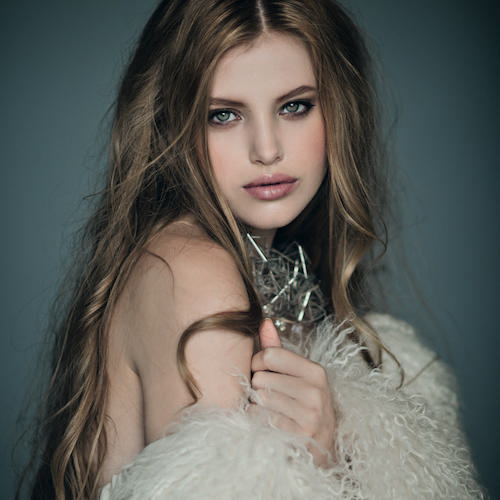
Getting lighting right is about it looking good and fitting your vision

Lighting ratios mathematically measure the amount of light falling on the highlighted side of the face as compared to the side of the face in shadow. The greater the difference, the more dramatic the lighting. But it honestly does not matter what your ratio is as long as the lighting looks good and fits your vision. Try not to spend too much time worrying about what the ratio is.
A 1:1 ratio as a rule may be considered flat, even lighting, and great to use only on children, but it can be great to use this ratio on women as well, to give them a beautiful soft and innocent look. A 4:1 ratio will create a more dramatic look, so the higher the ratio, the more drama. These ratios are fine to know, but you don’t need to spend time worrying about them and whether they are perfect.
Try these simple basics:
Size
The larger or broader the light source relative to your subject, the softer it will be. This reduces contrast and texture. The smaller or narrower the
light source, the harsher it will be. If you use a larger or broader light source relative to your subject, the softer it will be. This reduces contrast and texture. The smaller or narrower the light source, the harsher it will be. What you use will depend on your style. Larger sources will give soft, beauty-style light; if you prefer a harsher look in your style of photography, you can go with a smaller light source.
Distance
The closer the light is to the subject, the softer it will be. So when shooting ambient window light, move your subject very close to the window where the light becomes much softer. The farther the light is from the subject, the harder the light.
Texture
Lighting from the front basically lessens texture, while lighting from the side emphasizes it. When photographing women, you might wish to lessen the texture. In which case, position the light more frontally. When photographing men, perhaps you’ll want to position the light to the side to make them look more rugged. Another favourite lighting technique is to use
backlighting to create a beautifully airy, soft, and diffused look, which lessens texture. To achieve this you place your light directly behind your subject and adjust your settings accordingly. The background may get bright, but it can be a very appealing look.

